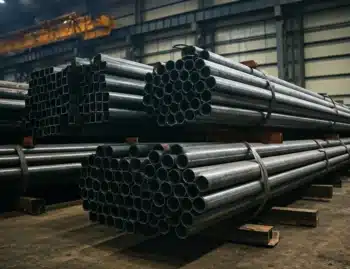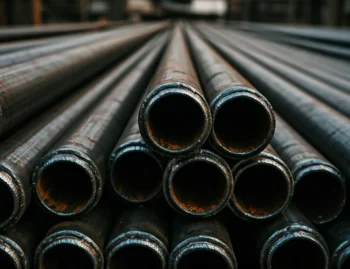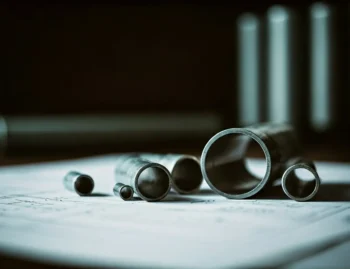
You may have heard the story of sabots, the solid wooden shoes carved by peasants and used to protect the feet while farming (think Dutch clogs), while working around livestock, and, yes, while working in textile mills. The story goes, that disgruntled workers threw their sabots into the looms and, voila, the term “sabotage” was born.
A Sneaky History
While the idea may be appealing and while this romantic story may have led some labor unions to adopt the sabot as a symbol, the true story of sabotage is a little less sinister. In French, the word “saboter” means to “walk noisily or clumsily” and the workers who wore sabots quickly learned that rather than strike and potentially be replaced, it was more effective to continue their work but do so in a clumsy and unproductive way. The practice, because of its associations with clumsy walking, became known as sabotage.
From Wood to Steel
Such stories of these early work shoes have meshed the image of protective footwear with blue collar workers and the factory, and, in fact, the later cousin of the sabot, the steel-toed boot, was created in Germany to protect workers from injury. It was inevitable, with World War II looming, that they would find their way on to the feet of soldiers as well.
In 1930, the Red Wing Shoe Company introduced the first steel-toed boots in America which were used primarily by factory workers and soldiers. With the passage of the 1970 Occupational Safety and Health Act, protective footwear was codified into law. On the factory floor they were designed to protect worker’s feet from rolling and falling objects, to protect against electrical hazards, and to provide extra traction.
Did you know that a steel-toed boot can withstand up to 6000 lbs. of pressure while a regular boot can only take 1200 pounds? Combined with a steel sole plate as well, they also protect your feet from punctures and have the added benefit of providing added support when work requires long periods standing.
Steel as Style
Today, steel-toed boots have found their way into a variety of occupations and hobbies. They are used by delivery drivers, mechanics, and supermarket workers. Hikers use them as extra protection against snake bites, they are a favorite fashion accessory among punk rock and rivethead music fans, and horse aficionados wear them in the barn to protect their feet.
Advances in technology that incorporate composite materials have made them lighter and allowed for more variety of style, so that horse riders also can find Jodhpur boots that protect the feet from breaks when the rider falls or is thrown. A style that mimics the clog is popular in restaurant kitchens, and there are even dress steel-toed shoes so that managers visiting the factory floor need not worry.
Recently, the Indestructible Shoe Company came out with a series of sneakers that combine skid-proof grips, shock-absorption technology, anti-puncture heels, and electric shock insulation with the style and comfort of everyday street wear. So whether you’re gearing up for the mosh pit, practicing dressage, or firing up a two-ton press, you can find the right footwear for a steel.











